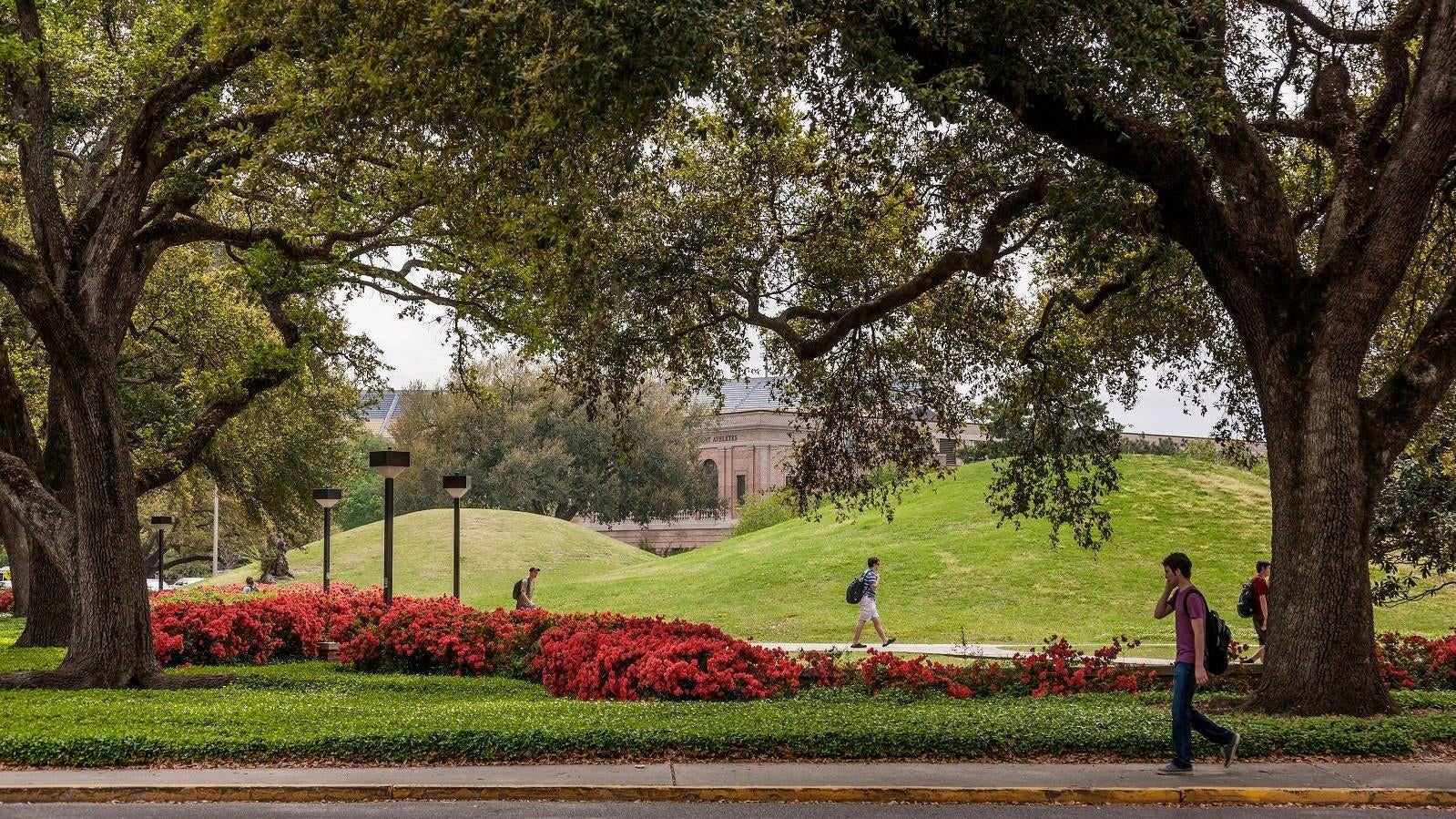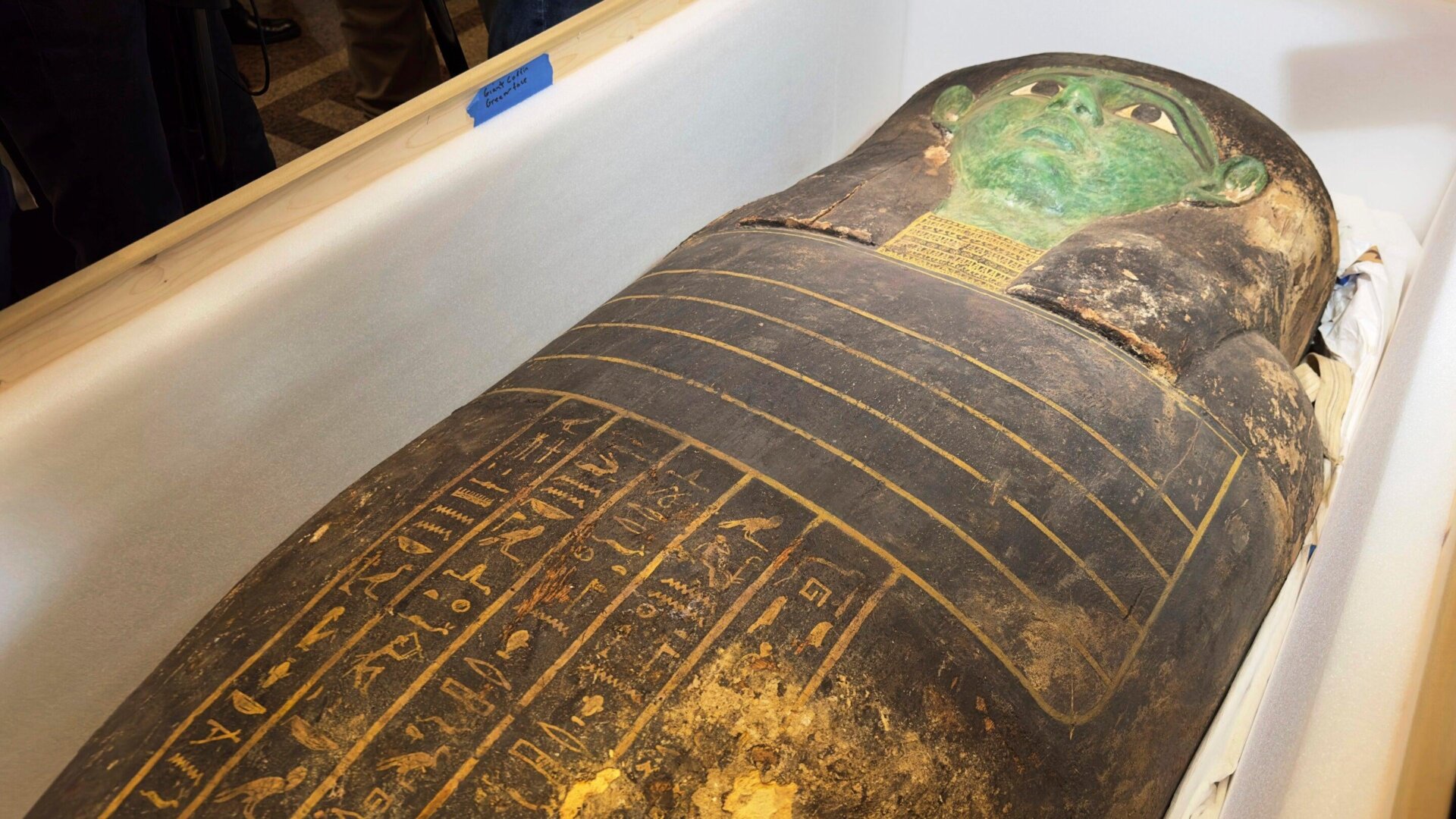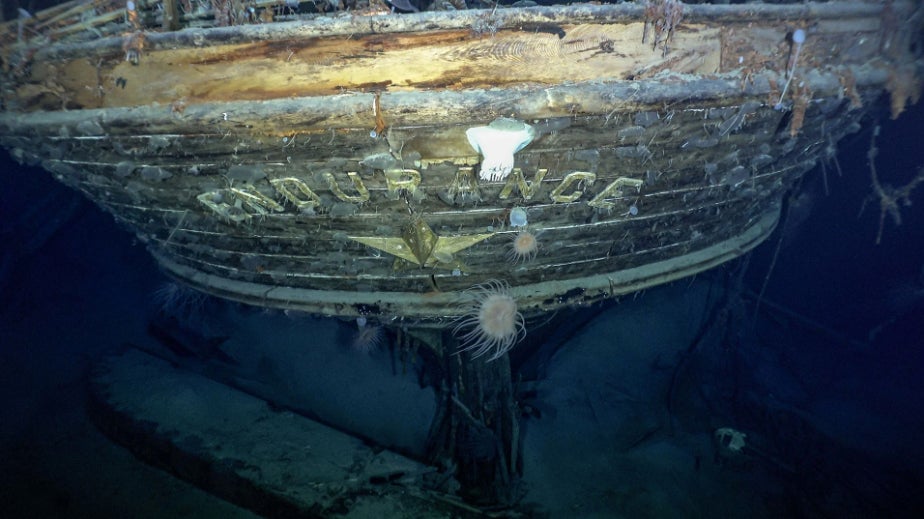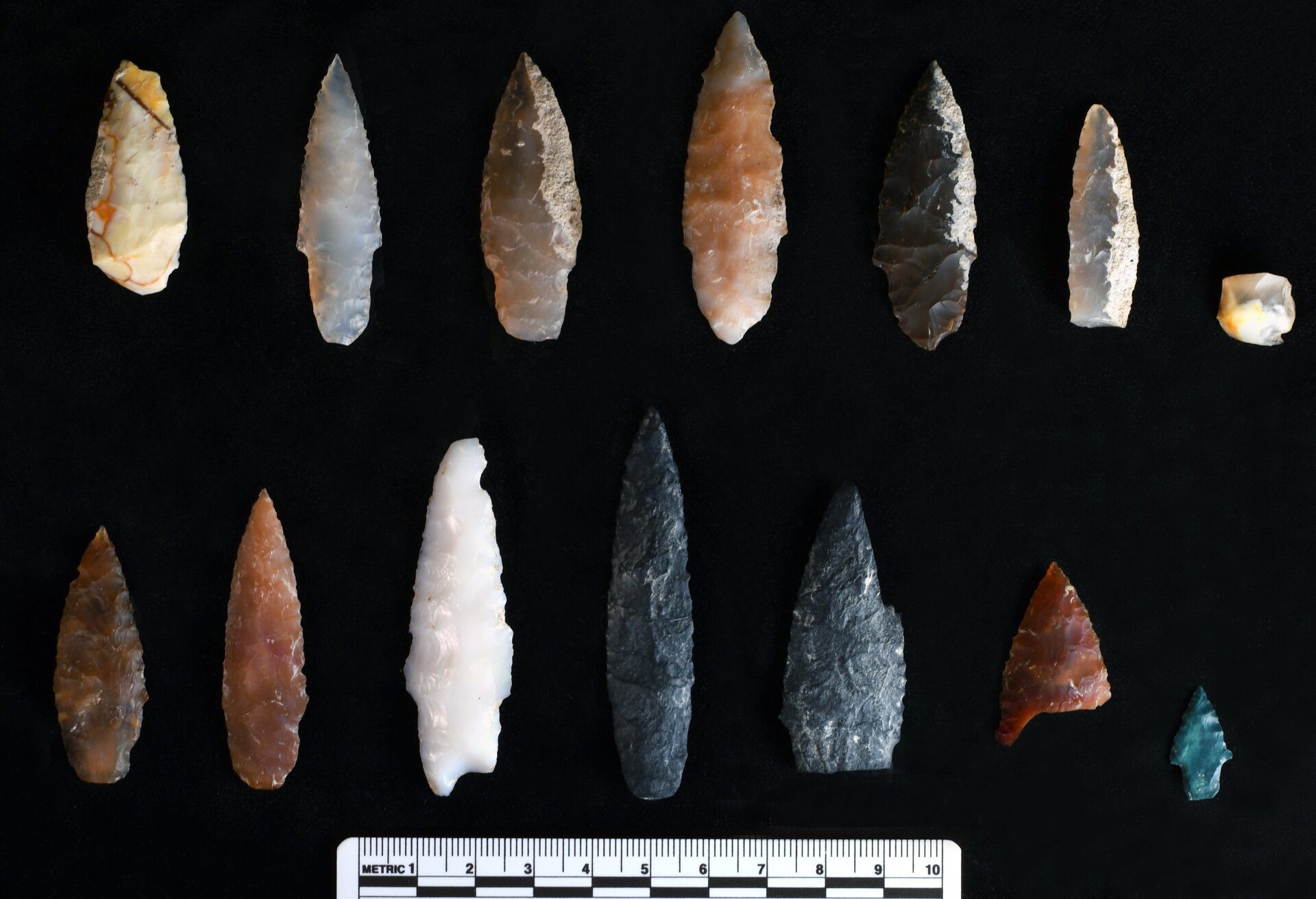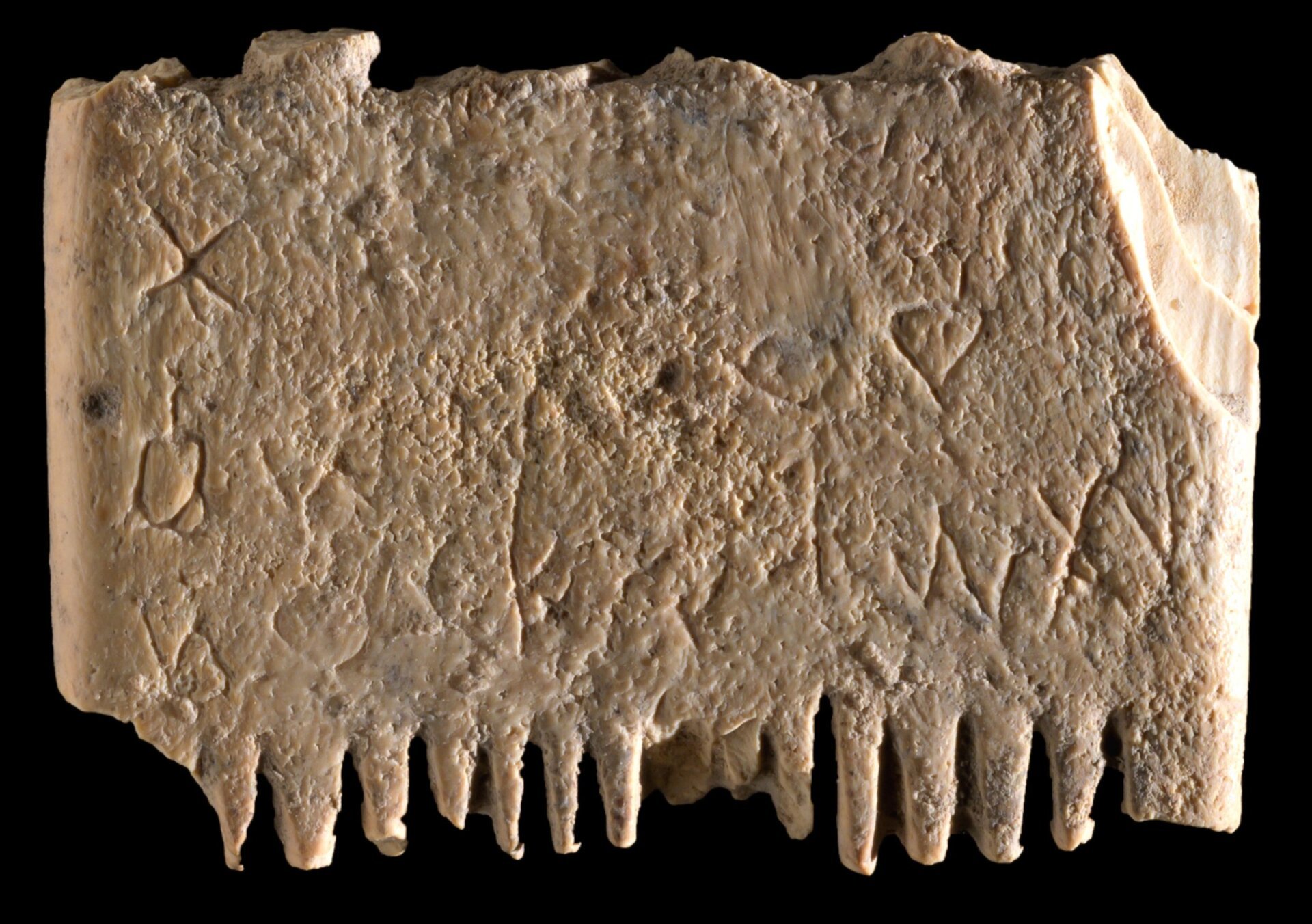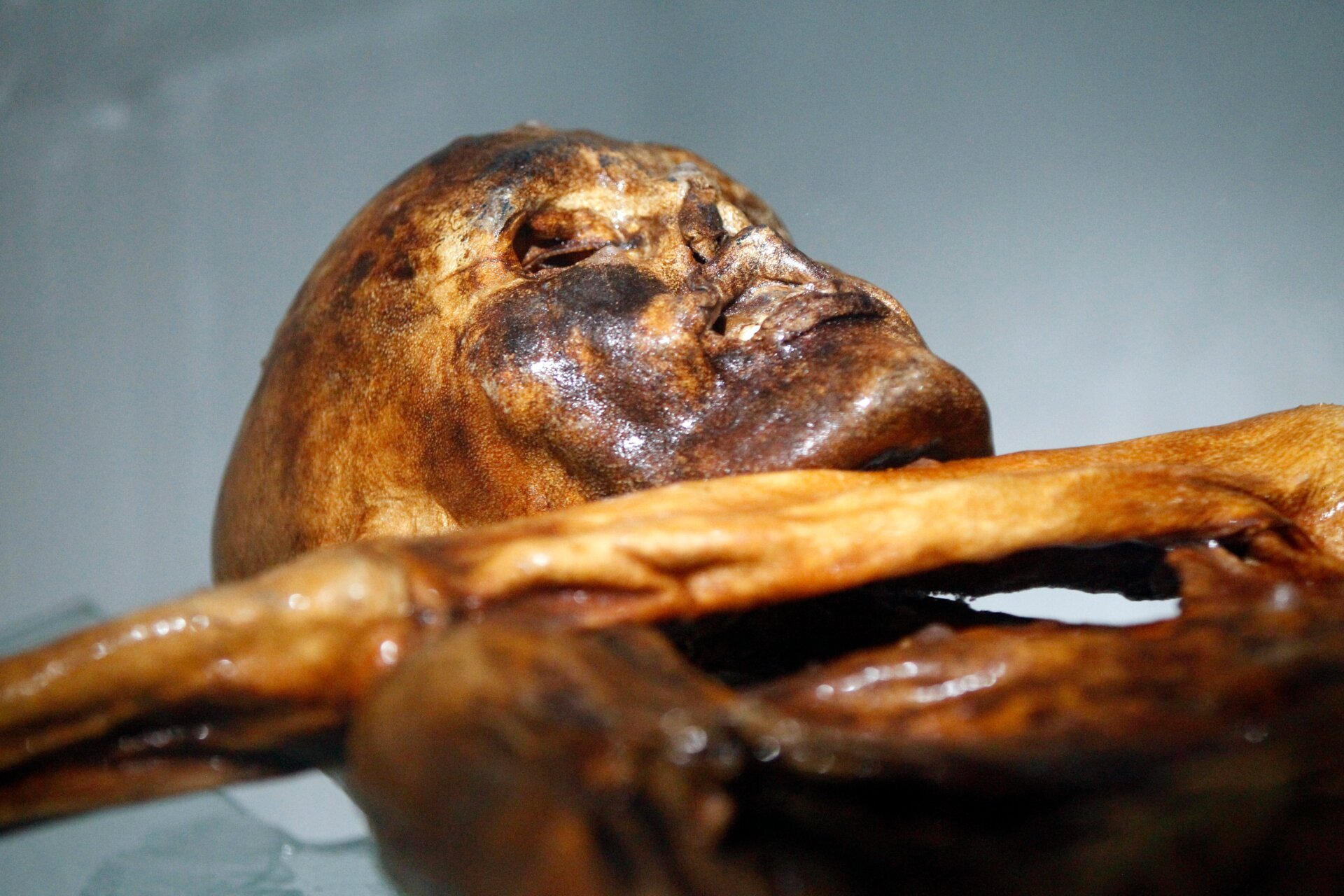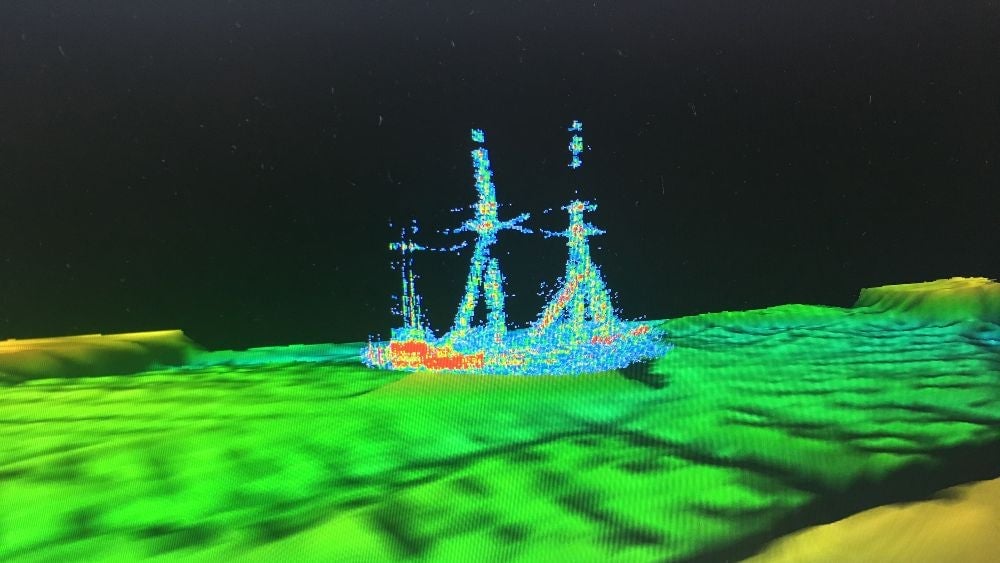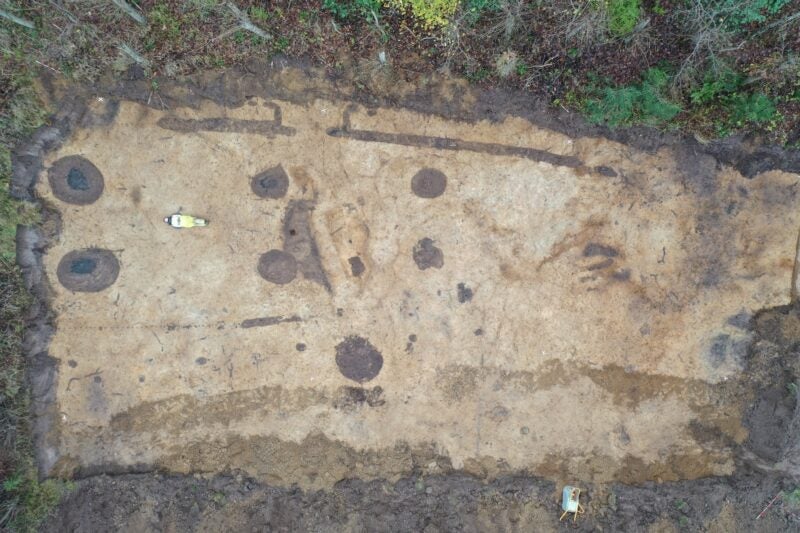A recent study published in the American Journal of Science reveals that a mound on the Louisiana State University (LSU) campus is the oldest known human-made structure in the Americas, dating back approximately 11,000 years. This groundbreaking discovery rewrites the timeline of human settlement and construction in the Western Hemisphere.
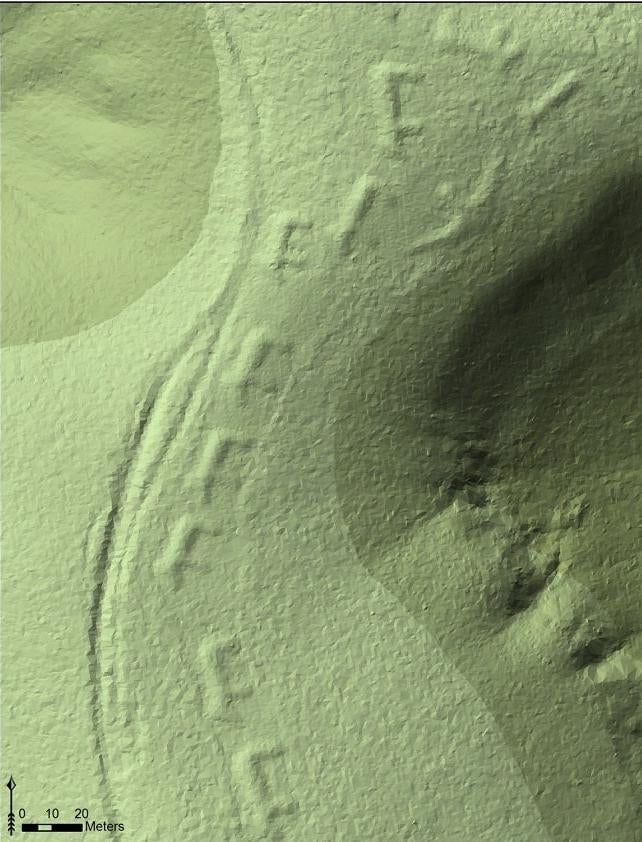 A lidar image of the Marching Bears Mounds group, effigy mounds in Iowa.Lidar image of the Marching Bears Mounds group, effigy mounds in Iowa. Image: National Park Service
A lidar image of the Marching Bears Mounds group, effigy mounds in Iowa.Lidar image of the Marching Bears Mounds group, effigy mounds in Iowa. Image: National Park Service
Dating the LSU Mounds
Researchers used radiocarbon dating to analyze two mounds, known as Mound A and Mound B, both standing about 20 feet tall. The results indicate that Mound B’s construction began around 11,000 years ago, predating any other known human-made structure in North or South America. This remarkable age makes the LSU mound a significant archaeological find, providing valuable insights into early human activity in the region. Lead geologist Brooks Ellwood from LSU emphasized the uniqueness of these structures, stating that “There’s nothing known that is man-made and this old still in existence today in North America, except the mounds.”
A History of Construction and Abandonment
The study reveals a fascinating history of construction and abandonment. Mound B’s construction began around 11,000 years ago. After several thousand years, construction ceased, and the mound was abandoned for approximately a millennium, as evidenced by tree root growth within its layers. Subsequently, construction resumed on Mound B and began on Mound A. Both mounds were finally completed around 6,000 years ago.
Comparing Ancient Structures
While the LSU mounds are the oldest in the Americas, they are not the oldest globally. Sites like Göbekli Tepe in Turkey are estimated to be around 12,000 years old. However, the LSU mounds are significantly older than other known structures in the Americas, making them a unique testament to early human ingenuity.
The Purpose and Significance of Mounds
The purpose of mounds varied across different Indigenous cultures. Some served civic purposes, while others were ritual sites. The LSU mounds contain charred mammal bone fragments and plant remains, suggesting their use in ceremonies or other significant activities. The researchers also believe the mounds were aligned with Arcturus, a bright star, further indicating their potential astronomical or ritualistic significance.
 Cahokia Mounds State Historic SiteCahokia Mounds State Historic Site. Image: National Park Service
Cahokia Mounds State Historic SiteCahokia Mounds State Historic Site. Image: National Park Service
A Legacy of Destruction and Preservation
The history of ancient mounds is marked by both reverence and destruction. Many mounds have been damaged or destroyed over time due to various factors, including construction projects, farming, and looting. Examples of such destruction can be found across the United States, from Missouri and Illinois to Oklahoma and Alabama. The LSU campus itself once housed more mounds, which have since been lost. The preservation of Mound A and Mound B underscores their importance as valuable remnants of a distant past.
A Window into the Past
The discovery of the LSU mounds’ age offers a unique window into the lives and practices of early inhabitants of the Americas. These structures are more than just piles of earth; they represent a complex history of human endeavor, ingenuity, and cultural significance. The ongoing research on these mounds promises to further illuminate the rich and ancient history of the region.
Conclusion
The LSU mounds stand as a testament to the ingenuity and resourcefulness of early Americans. Their age and construction offer invaluable insights into the cultural practices and technological capabilities of people who lived thousands of years ago. Preserving these ancient structures is crucial for understanding and appreciating the rich history of human settlement in the Americas.



